Ed Boyden and Karl Deisseroth won Breakthrough Prizes for their discovery of optogenetics.
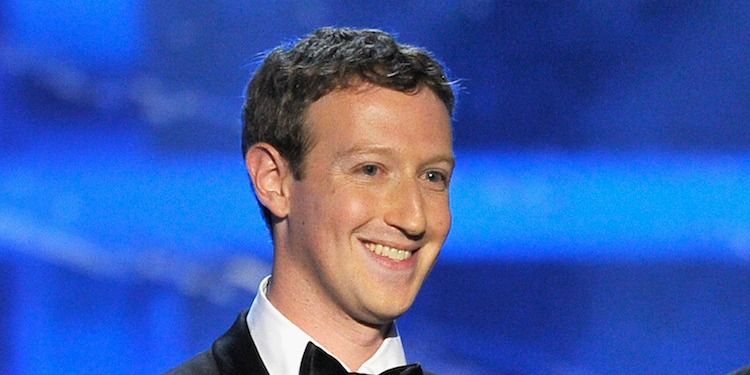

Ed Boyden and Karl Deisseroth won Breakthrough Prizes for their discovery of optogenetics.
Shape — Shifting Robotic Snake
It can morph into a lamp stand as quick as it provides email notifications: There’s not much this shapeshifting snake can’t do. http://voc.tv/1P6L9zh
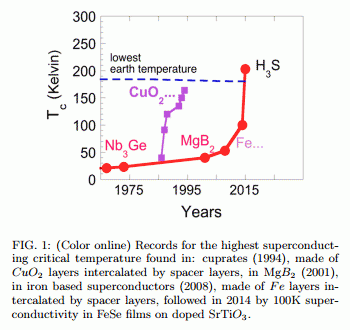
The world of superconductivity is in uproar. Last year, Mikhail Eremets and a couple of pals from the Max Planck Institute for Chemistry in Mainz, Germany, made the extraordinary claim that they had seen hydrogen sulphide superconducting at −70 °C. That’s some 20 degrees hotter than any other material—a huge increase over the current record.
Eremets and co have worked hard to conjure up the final pieces of conclusive evidence. A few weeks ago, their paper was finally published in the peer reviewed journal Nature, giving it the rubber stamp of respectability that mainstream physics requires. Suddenly, superconductivity is back in the headlines.
Today, Antonio Bianconi and Thomas Jarlborg at the Rome International Center for Materials Science Superstripes in Italy provide a review of this exciting field. These guys give an overview of Eremet and co’s discovery and a treatment of the theoretical work that attempts to explain it.
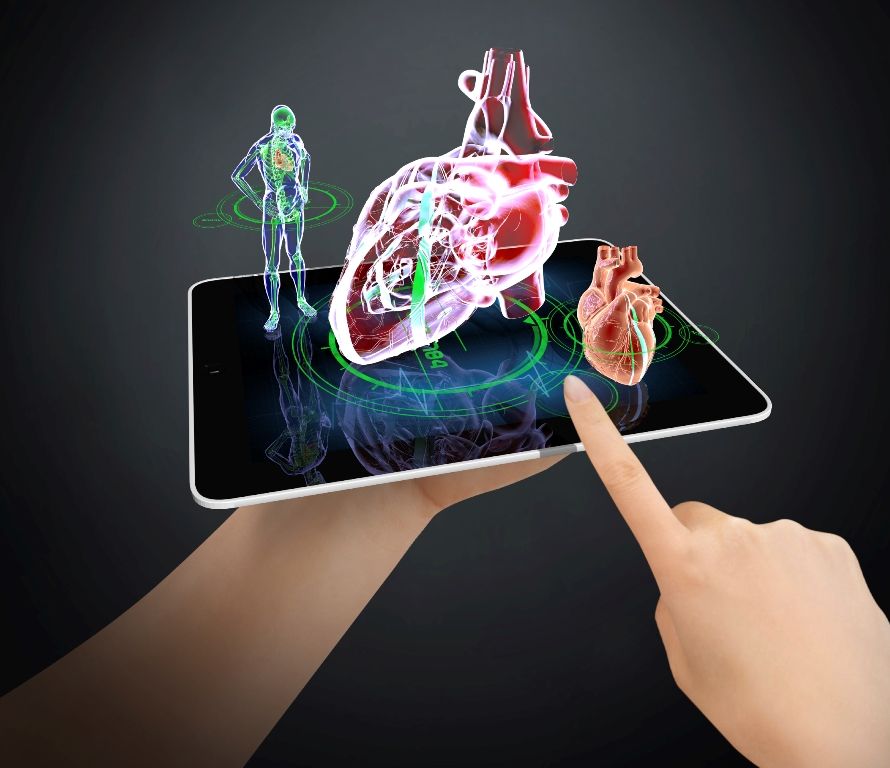
The mobile health market is growing, one study says, predicting a value of nearly $50 billion in 5 years.
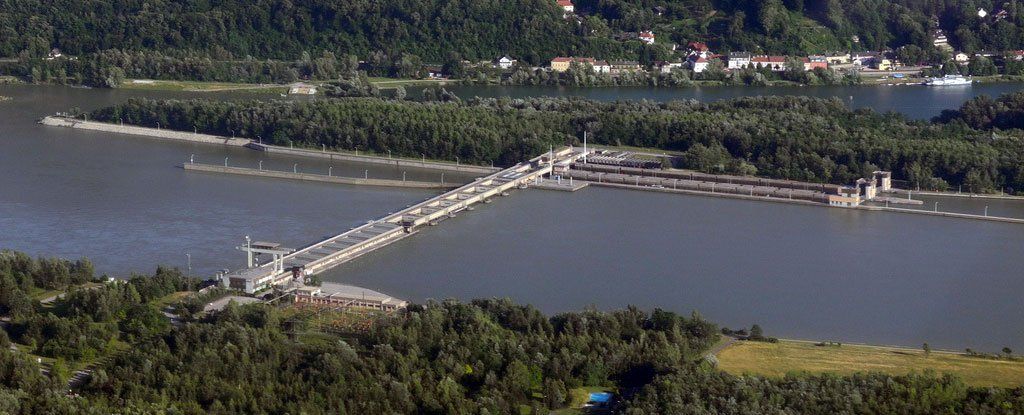
Lower Austria, the largest of the country’s nine states, announced this week that is has gone all in on clean energy, with 100 percent of its electricity generation for its 1.65-million-strong population now sourced from renewable energy.
In the weeks before world leaders meet for decisive UN climate talks in Paris later this month, the announcement of Lower Austria’s achievement is a beacon of hope amid other grim environmental news – and also a testament to how much the state has put into clean energy production.
“We have invested heavily to boost energy efficiency and to expand renewables,” said Erwin Proell, premier of Lower Austria, at a news conference, as reported by AFP. “Since 2002 we have invested 2.8 billion euros (US$3 billion) in eco-electricity, from solar parks to renewing (hydroelectric) stations on the Danube.”

A a vertical village in Singapore has been name the World Building of the Year 2015 at the World Architecture Festival. The Interlace is a residential development designed by OMA / Buro Ole Scheeren. It comprises 31 six-story apartment blocks stacked in hexagonal shapes.
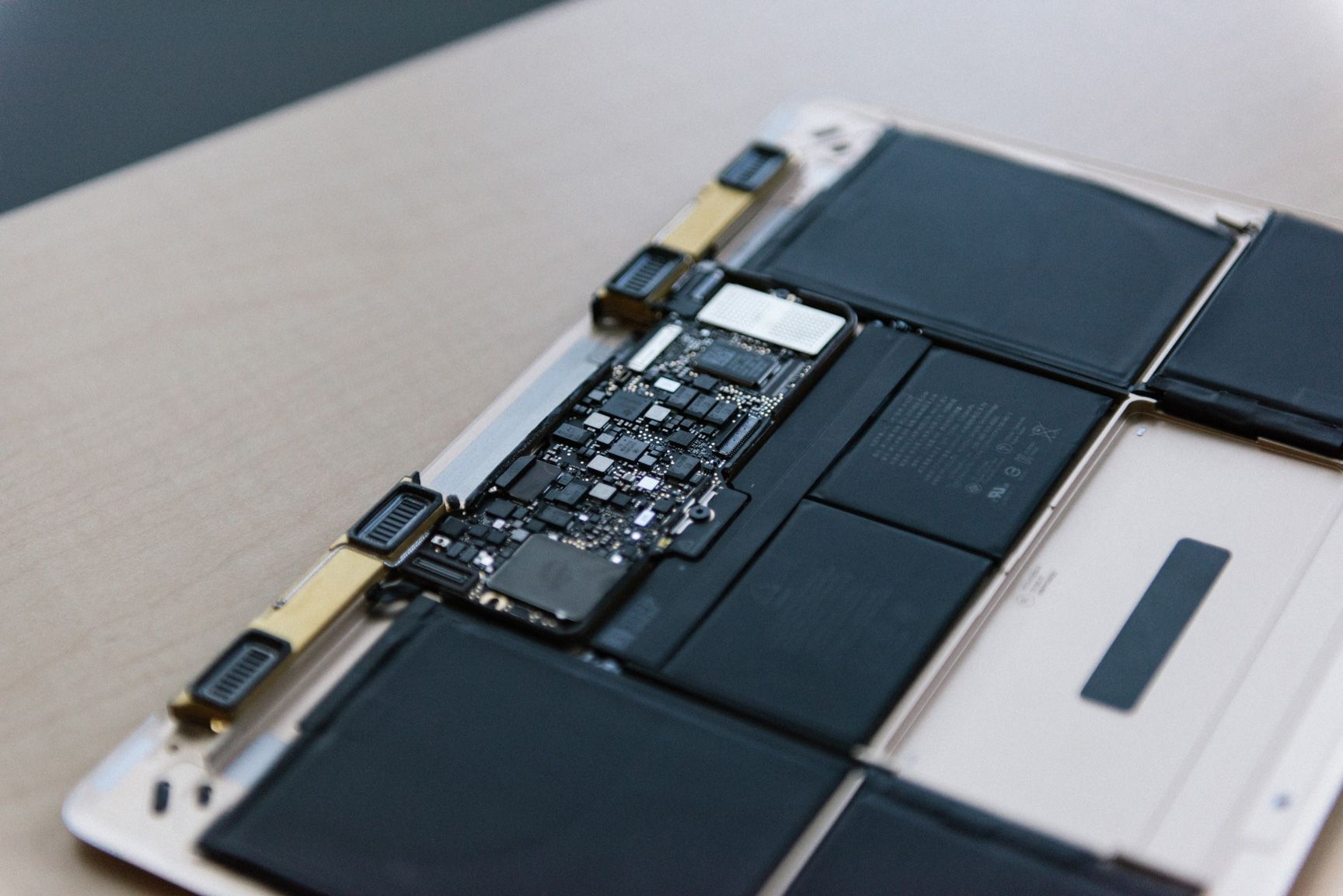
“For those struggling to understand what Apple is up to, it might be best to imagine the Apple logo as a giant, rose gold-colored apple sculpture that’s being polished beyond perfection, to some sort of ideal, a level of quality that is so undeniable that no competitor dares forget it.”
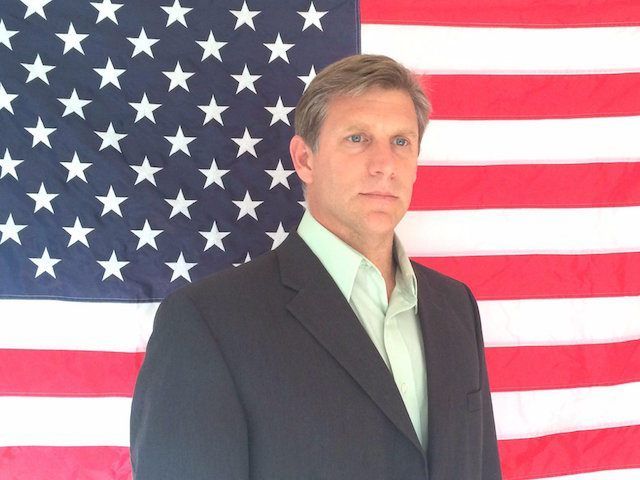
A new story out in Breitbart that’s about AI, transhumanism, and politics: http://www.breitbart.com/tech/2015/11/08/trans-humanist-presidential-candidate-welcomes-robot-overlords/
Zoltan Istvan is running for President in 2016, and hoping he might be one of the last humans to hold the job.
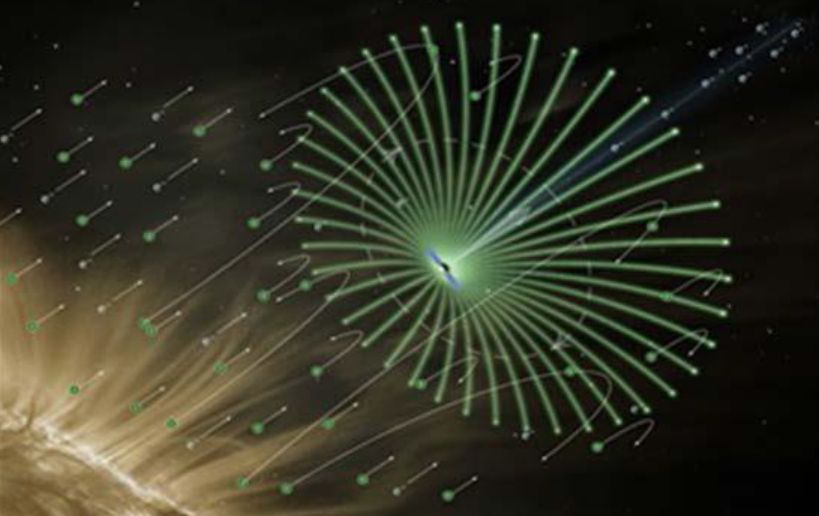
SANTA CLARA, California — Robotic spacecraft may ride the solar wind toward interstellar space at unprecedented speeds a decade or so from now.
Researchers are developing an “electric sail” (e-sail) propulsion system that would harness the solar wind, the stream of protons, electrons and other charged particles that flows outward from the sun at more than 1 million mph (1.6 million kilometers per hour).
“It looks really, really promising for ultra-deep-space exploration,” Les Johnson, of NASA’s Marshall Space Flight Center in Huntsville, Alabama, said of the e-sail concept here at the 100-Year Starship Symposium on Oct. 30. [Superfast Spacecraft Propulsion Concepts (Images)].
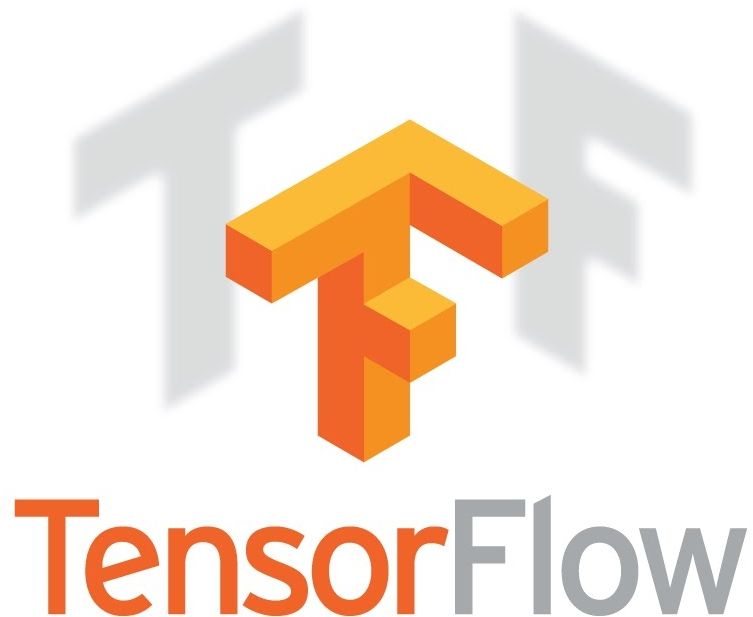
Posted by Jeff Dean, Senior Google Fellow, and Rajat Monga, Technical Lead.
Deep Learning has had a huge impact on computer science, making it possible to explore new frontiers of research and to develop amazingly useful products that millions of people use every day. Our internal deep learning infrastructure DistBelief, developed in 2011, has allowed Googlers to build ever larger neural networks and scale training to thousands of cores in our datacenters. We’ve used it to demonstrate that concepts like “cat” can be learned from unlabeled YouTube images, to improve speech recognition in the Google app by 25%, and to build image search in Google Photos. DistBelief also trained the Inception model that won Imagenet’s Large Scale Visual Recognition Challenge in 2014, and drove our experiments in automated image captioning as well as DeepDream.
While DistBelief was very successful, it had some limitations. It was narrowly targeted to neural networks, it was difficult to configure, and it was tightly coupled to Google’s internal infrastructure — making it nearly impossible to share research code externally.